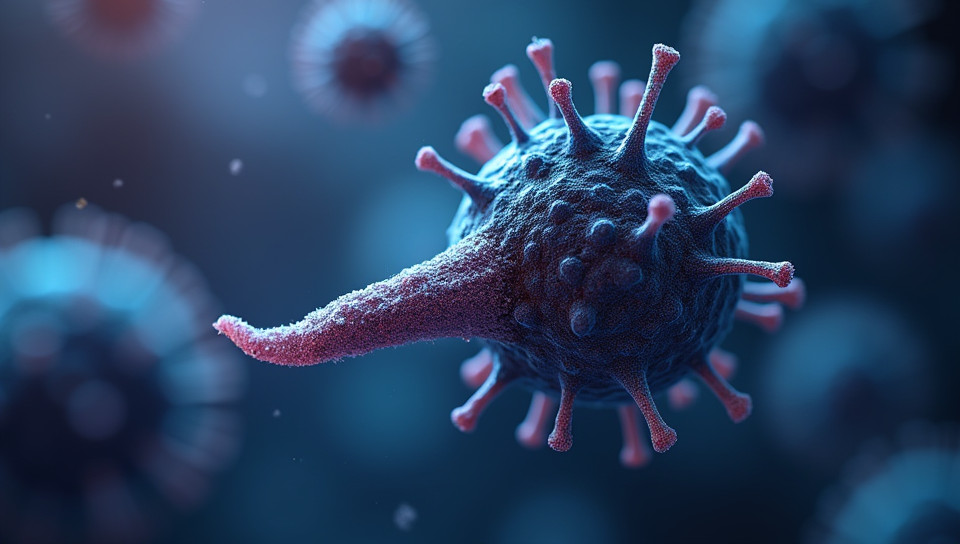CRISPR-Cas9 is a widely used gene editing tool 93%

Unlocking the Power of Gene Editing: The Rise of CRISPR-Cas9
Imagine being able to edit the genetic code of living organisms with unprecedented precision and efficiency. This is exactly what scientists have been able to achieve with the development of CRISPR-Cas9, a revolutionary gene editing tool that has taken the scientific community by storm.
What is CRISPR-Cas9?
CRISPR-Cas9 is a bacterial defense mechanism that has been repurposed for use in genetic engineering. The system consists of two main components: CRISPR (Clustered Regularly Interspaced Short Palindromic Repeats) and Cas9 (CRISPR-associated protein 9). When the CRISPR-Cas9 complex is introduced into a cell, it seeks out specific sequences of DNA known as guide RNAs. Once found, the Cas9 enzyme makes a double-stranded break in the DNA at that location.
How Does CRISPR-Cas9 Work?
- It works by finding a specific sequence of DNA and making a cut
- The cut is then repaired by the cell's natural repair machinery
- Scientists can provide a template for repair, allowing them to introduce desired changes
The process is remarkably simple, yet it has opened up vast possibilities for researchers to manipulate the genetic code of organisms. Whether it's to develop new treatments for diseases or improve crop yields, CRISPR-Cas9 has become an indispensable tool in the field of genetics.
Applications of CRISPR-Cas9
- Disease Treatment: Scientists are using CRISPR-Cas9 to develop treatments for a range of diseases, from sickle cell anemia to Huntington's disease.
- Gene Therapy: The technology is being explored as a means to correct genetic defects that cause inherited disorders.
- Agriculture: Researchers are using CRISPR-Cas9 to improve crop yields and resistance to pests and diseases.
Challenges and Controversies
While CRISPR-Cas9 has shown tremendous promise, it also raises several concerns. One of the most pressing issues is the potential for unintended off-target effects, where the technology alters parts of the genome that were not intended to be changed. This has led to calls for greater regulation and oversight.
Conclusion
CRISPR-Cas9 represents a major breakthrough in gene editing technology, offering unprecedented precision and efficiency. Its applications are vast and varied, from disease treatment to agriculture. While challenges and controversies exist, the potential benefits of CRISPR-Cas9 make it an essential tool for scientists seeking to push the boundaries of human knowledge.
- Created by: Henry Richardson
- Created at: Jan. 13, 2025, 3:40 p.m.
- ID: 17766









